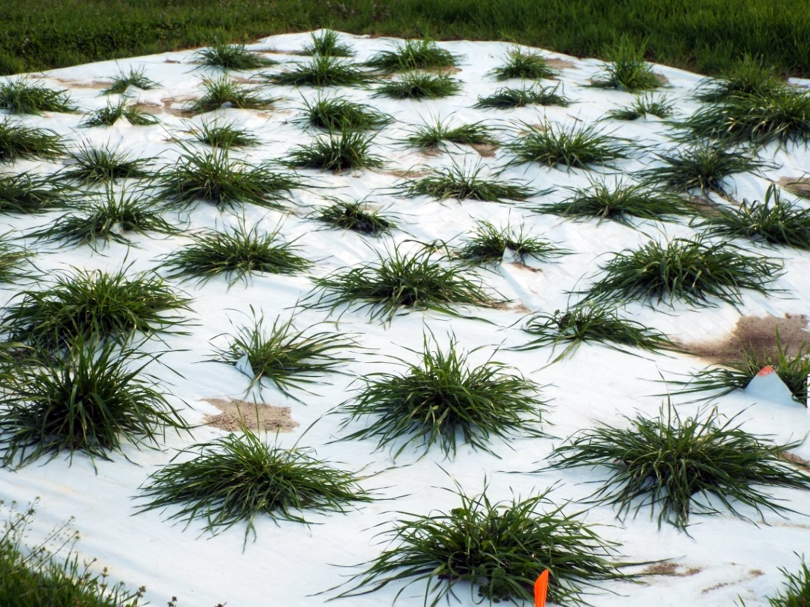Throughout the southeastern U.S., forage production is a critical pillar of agriculture and livestock production, particularly for the cattle industry. Annual ryegrass serves as the primary forage for many late winter and early spring production systems, but grazing time is often limited due to late fall planting to avoid high soil temperatures that cause secondary seed dormancy.
In a recently published Crop Science article, researchers from Mississippi State University used recurrent phenotypic selection to develop annual ryegrass germplasm that could successfully germinate and survive under high temperature stress conditions. Screening and selections were conducted using growth chambers to limit environmental effects.
Following three years of selection, population germination at 40°C increased from 5% to 46%. Realized heritability also increased significantly between each generation, totaling h2 = 0.41 across all cycles of selection. Other aspects of plant morphology and maturity were not affected by selecting for high temperature germination.
This germplasm will potentially allow for late summer or early fall planting in the South, allowing producers more grazing days in the winter and spring. Seed increases and variety testing for cultivar release are currently ongoing as part of the forage crop breeding program at Mississippi State.
Adapted from Billman, ED, Morrison, JI, Baldwin, BS. Breeding a heat‐tolerant annual ryegrass for earlier fall planting in the southeastern united states. Crop Science. 2020; 11– 11.
Original post https://alertarticles.info
